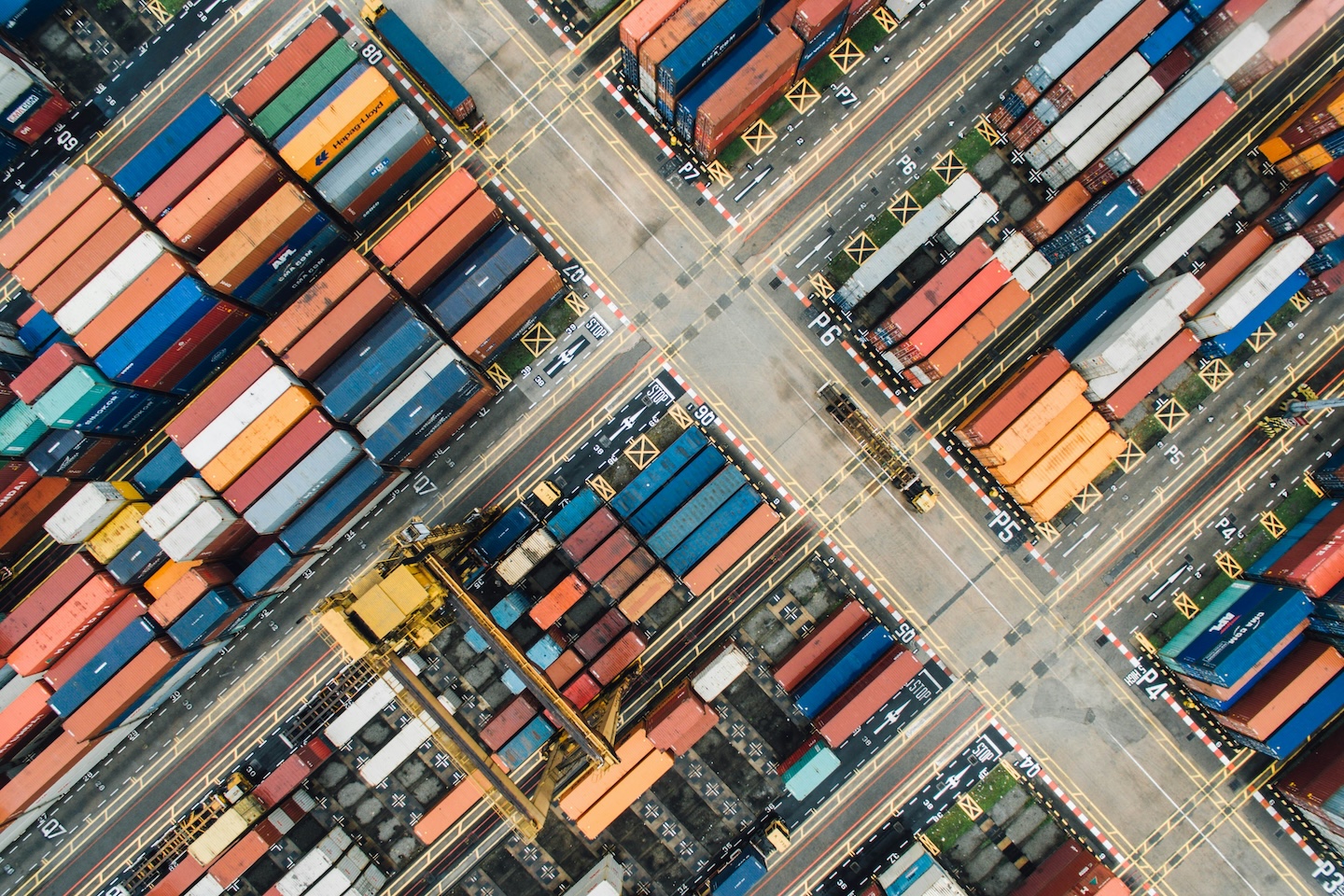Investors in developed economies, such as those of Western Europe and North America, tend to keep funds within those economies. In the Industrial sector, this approach may overlook some attractive opportunities, including the potential of companies in developing economies such as India and Saudi Arabia. Both countries offer strong economic fundamentals, favorable government policies, and a thriving industrial ecosystem.
Strong Economic Fundamentals
The strong economic fundamentals of India and Saudi Arabia include GDP growth, which has outpaced growth in the United States recently. In 2018–23, GDP growth in India and Saudi Arabia was almost double the US growth rate, and India’s growth has been forecast to rise above 6% per year over the next five years. For the industrial sector, forecasts point to 1.2% annual growth in the United States, versus 4.8% in India and 4.1% in Saudi Arabia. And India’s government has set a goal to make manufacturing 25% of GDP by 2025.
What other factors complement the optimism about GDP? First, these countries are girding themselves for growth. India’s ratio of national debt to GDP is a healthy 83.2%, versus 67.2% in Germany, 122.2% in the United States, and 258.0% in Japan. Saudi Arabia’s ratio is just 22.4% (Source: IMF). A lower ratio gives a government more room to stimulate growth.
Also, key demographic trends are favorable. For example, as incomes rise, so does demand for goods and services. In India, GDP per capita quadrupled from $2,087 in 2000 to $8,379 in 2022, and in Saudi Arabia, per capita GDP has been climbing since the 2000s, hitting $34,440 in 2022 (Source: IMF). Another favorable demographic is a young labor force, associated with a greater likelihood of higher future earnings and consumer spending. Among the major economies of Japan, Germany, the United States, and China, India has the youngest population, with a median age near 28. Furthermore, rapid growth of India’s labor force suggests employers can meet hiring needs in an expanding economy.

Government Support for Businesses
Businesses are more likely to thrive where governments support their formation and growth. The governments of India and Saudi Arabia have prioritized initiatives and investments to drive business growth.
India’s government has taken advantage of the country’s favorable location in South Asia by funding infrastructure in support of manufacturing. The country has 13 major ports and 200 minor ports, the world’s second-largest road network, and the fourth-largest rail network. India is also increasing its efforts to protect intellectual property. Further, the Make in India Initiative aims to make India a global manufacturing hub, especially for autos and auto components, aviation, and semiconductors. Companies operating in Special Economic Zones are eligible for tax breaks and streamlined government approval processes. And the Skill India Initiative is investing in skill development of the workforce and user-friendly online government services.
The Saudi government’s Vision 2030 is a plan for economic transformation and social reform that, if realized, will offer economic diversification and opportunity. Among its targets are extending life expectancy, lowering unemployment, and increasing non-oil exports. Government support for the industrial sector focuses on aerospace, automotive, building materials, food processing, maritime, medical devices, metals, plastic and rubber manufacturing, and specialty chemicals. Funding for the Vision 2030 initiatives comes from the Public Investment Fund, a sovereign wealth fund whose first phase established 22 companies in 10 industries.
Attractive Industrial Ecosystem
The ecosystem in which companies operate includes their industry’s investors, suppliers, customers, and other companies serving the same market. The health of the industrial ecosystem reflects factors such as the inflow of investment dollars (foreign direct investment), creation of new businesses, and embrace of new technology.
Foreign direct investment (FDI) in India was just $4 billion in 2000 but rose rapidly during the 2000s and 2010s, reaching $64 billion in 2020 and $71 billion in 2022. In Saudi Arabia, although FDI did not meet ambitious Vision 2030 targets as of 2022, it has been increasing across sectors.
Business creation is accelerating in both countries. The number of government-recognized start-ups in India jumped from 471 in 2016 to 5,233 in 2017 and reached 26,542 in 2022 (Source: Statista). The start-ups are happening across sectors, led by technology and e-commerce. Business creation in Saudi Arabia rose between 2016 and 2020, peaking at 17,367 new business registrations in 2019 (Source: World Bank).
Technology is a priority in India. The Digital India program, which launched in 2015, is pursuing robust digital infrastructure. The country also is funding the creation of AI centers of excellence in several universities to facilitate the development and use of AI.
Countries such as India and Saudi Arabia, with strong economic fundamentals and governments backing development, offer an attractive climate for industrial companies seeking growth. Companies or investors interested in such opportunities should consider how their strengths align with the opportunities. This analysis should include the market attractiveness of specific micro-verticals, the relevant local laws and regulations, and any gaps they need to fill in the areas of capital, capacity, and capabilities. Lining up expert partners can go a long way toward filling such gaps. Experts could include local manufacturers to provide on-the-ground insights, as well as advisers with a deep knowledge of value creation in the technology sector.
Visit Ayna Hub for deep-dive reports on the emerging Industrial opportunity in India and Saudi Arabia.






















